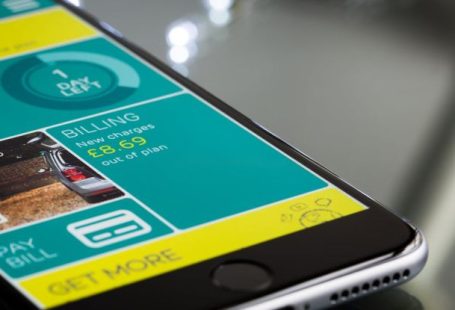Email marketing is a powerful tool for businesses to connect with their audience, but standing out in a crowded inbox can be a challenge. One way to increase engagement and conversion rates is through email personalization. By tailoring your messages to individual recipients, you can create a more meaningful and relevant experience that resonates with your subscribers. Mastering the art of email personalization can take your campaigns to the next level and drive better results for your business.
Understanding Your Audience
The first step in mastering email personalization is to understand your audience. Take the time to gather data on your subscribers, such as their demographics, preferences, and past interactions with your emails. This information will help you create more targeted and relevant content that speaks to the needs and interests of your audience.
Segmentation is Key
Segmenting your email list is essential for effective personalization. By dividing your subscribers into smaller groups based on common characteristics or behaviors, you can send more tailored messages that are likely to resonate with each segment. Consider segmenting your list based on factors such as location, purchase history, or engagement with previous emails.
Personalize with Dynamic Content
Dynamic content allows you to personalize your emails at scale by displaying different content to different recipients based on their preferences or behaviors. This can include product recommendations, personalized offers, or content based on past interactions. By using dynamic content, you can create a more personalized experience for each subscriber without the need for manual customization.
Use Personalized Subject Lines
The subject line is the first thing recipients see when they receive an email, so it’s important to make it personalized and engaging. Use the recipient’s name or reference their past interactions with your brand to grab their attention and increase the chances of them opening the email. A personalized subject line can make your message stand out in a crowded inbox and entice recipients to learn more.
Tailor Your Content
Once you have segmented your list and personalized your subject line, it’s time to focus on the content of your email. Tailor your message to each segment by addressing their specific needs or interests. This could include showcasing products related to their past purchases, providing content that aligns with their preferences, or offering personalized recommendations based on their browsing history.
Experiment with Personalization
Don’t be afraid to experiment with different personalization tactics to see what resonates best with your audience. Test different subject lines, content types, and calls to action to determine what drives the most engagement and conversions. By continuously refining your personalization strategy through testing and optimization, you can create more effective and impactful email campaigns.
Track and Analyze Results
Tracking the performance of your personalized email campaigns is crucial to understanding what is resonating with your audience and driving results. Monitor key metrics such as open rates, click-through rates, and conversion rates to see how your emails are performing. Use this data to refine your personalization strategy and continue to improve the effectiveness of your campaigns over time.
Incorporate Feedback and Iterate
Collecting feedback from your subscribers can provide valuable insights into what is working well and where there is room for improvement in your email personalization efforts. Encourage recipients to share their thoughts and suggestions, and use this feedback to iterate on your campaigns and make them even more personalized and engaging.
Embrace Automation
Automation tools can help streamline the process of personalizing your emails and make it easier to deliver targeted messages to your subscribers at the right time. By setting up automated campaigns based on triggers such as sign-ups, purchases, or website visits, you can ensure that your subscribers receive relevant content when they are most likely to engage with it.
Conclusion: Elevate Your Email Marketing with Personalization
Mastering the art of email personalization is essential for businesses looking to drive better results from their email marketing efforts. By understanding your audience, segmenting your list, and using dynamic content, personalized subject lines, and tailored content, you can create more engaging and relevant email campaigns that resonate with your subscribers. Experimenting with personalization tactics, tracking results, incorporating feedback, and embracing automation can help you continuously improve and optimize your email campaigns for maximum impact. By prioritizing personalization in your email marketing strategy, you can stand out in a crowded inbox and drive better engagement, conversions, and loyalty from your audience.





